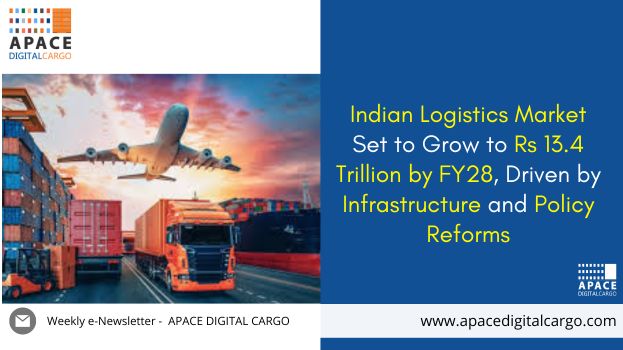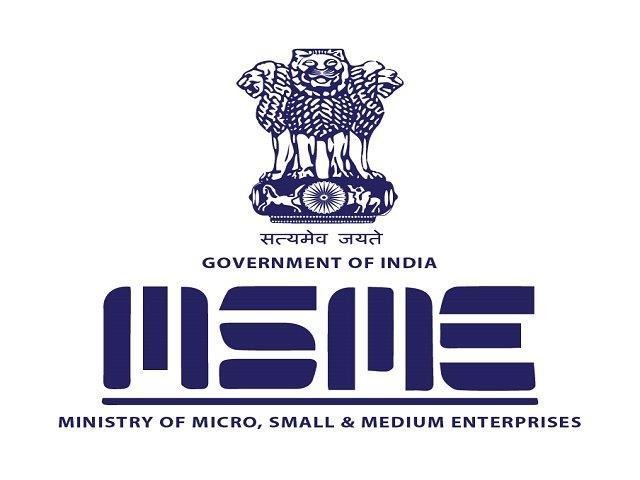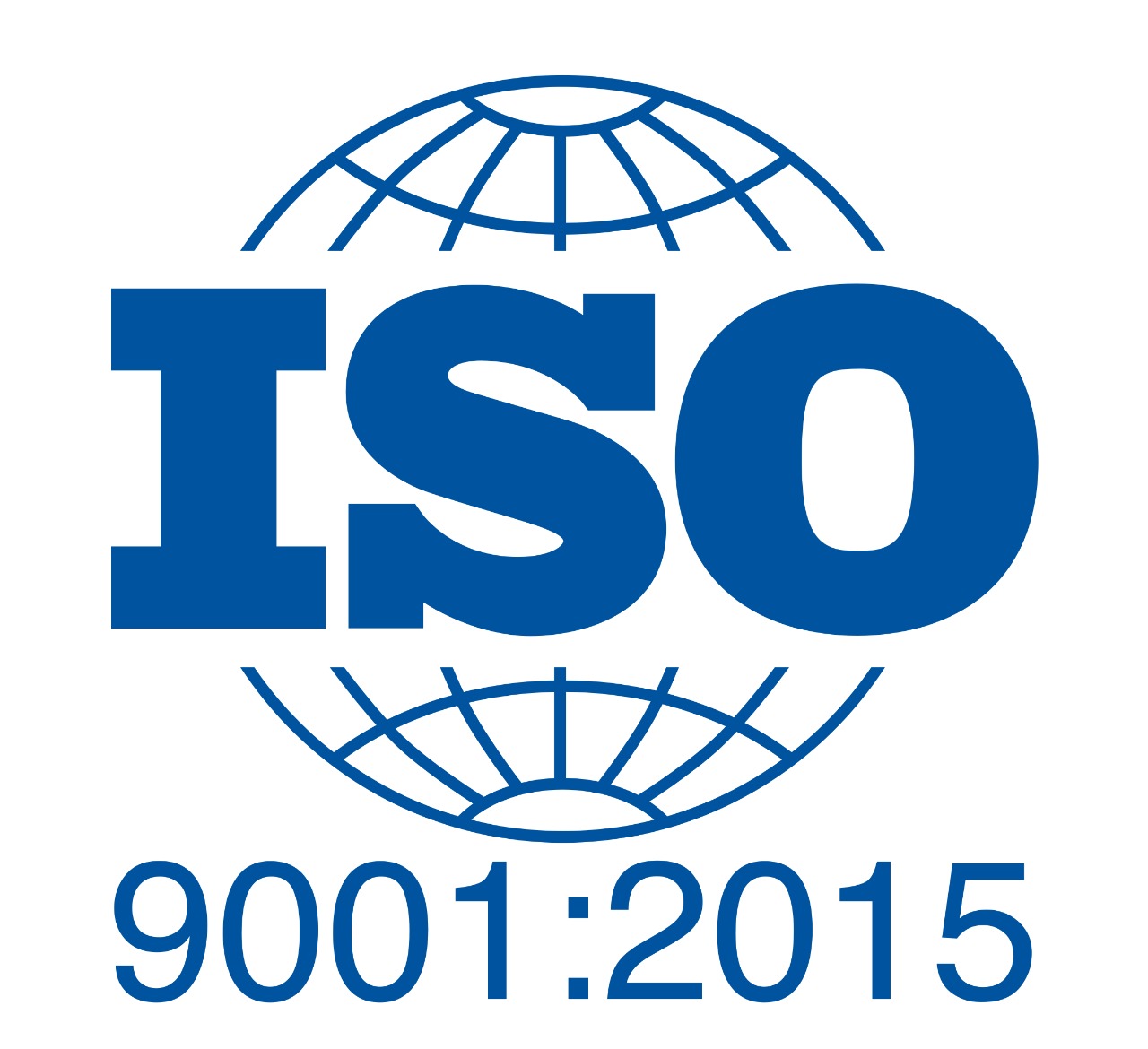
The Indian logistics market, valued at INR 9 trillion in FY23, is poised for robust growth, with projections indicating it will reach INR 13.4 trillion by FY28, at a compounded annual growth rate (CAGR) of 8-9%, according to a report by Motilal Oswal. This expansion is being propelled by structural shifts, technological advancements, and key government initiatives aimed at reducing logistics costs and upgrading infrastructure.
The National Logistics Policy, introduced in September 2022, is at the heart of these reforms. It seeks to revamp India’s logistics framework, with a focus on increasing the share of railways in freight movement, which currently stands at 18%. The development of Dedicated Freight Corridors (DFCs), alongside enhancements in road infrastructure and the growth of inland waterways, is expected to play a pivotal role in this transformation.
As of April 2024, the DFCs are 96% complete, a milestone expected to significantly boost the capacity and efficiency of rail freight, increasing its role in India’s transportation mix. Additionally, the government’s push to privatise ports has led to improved infrastructure and operational efficiency at Indian ports, benefiting major operators like Adani Ports and SEZ (APSEZ) and JSW Infrastructure.
One of the main challenges India faces in its logistics sector is the high cost, which currently accounts for 14% of the country’s GDP—much higher than the 8-9% range seen in developed economies. This discrepancy is largely due to an imbalanced modal mix, with 71% of freight movement reliant on road transport, while railways and waterways contribute far less. In response, the government has introduced significant reforms, including the Goods and Services Tax (GST) and substantial investments in road infrastructure, inland waterways, and DFCs. These measures are aimed at reducing the logistics cost-to-GDP ratio to align with global standards of 8-9% in the coming years.
India’s logistics market is highly diverse, spanning road transport, rail transport, air cargo, multimodal logistics, and industrial warehousing. The domestic express logistics sector is expected to grow even faster, with a projected CAGR of 14% between FY23 and FY28, fueled by the rapid expansion of e-commerce.
Organised players, who currently control around 80% of the market, are well-positioned to capitalize on this growth by leveraging government policies like the e-way bill and GST. Moreover, the less-than-truckload (LTL) segment in road transport is expected to experience a significant boost, with a forecasted CAGR of 10%. This growth is being driven by the increasing demand for smaller, more frequent shipments that bypass traditional warehouse storage and are delivered directly to retailers.
With these developments, the Indian logistics sector is on a strong growth trajectory, supported by strategic reforms and technological innovations aimed at improving efficiency and reducing costs.





